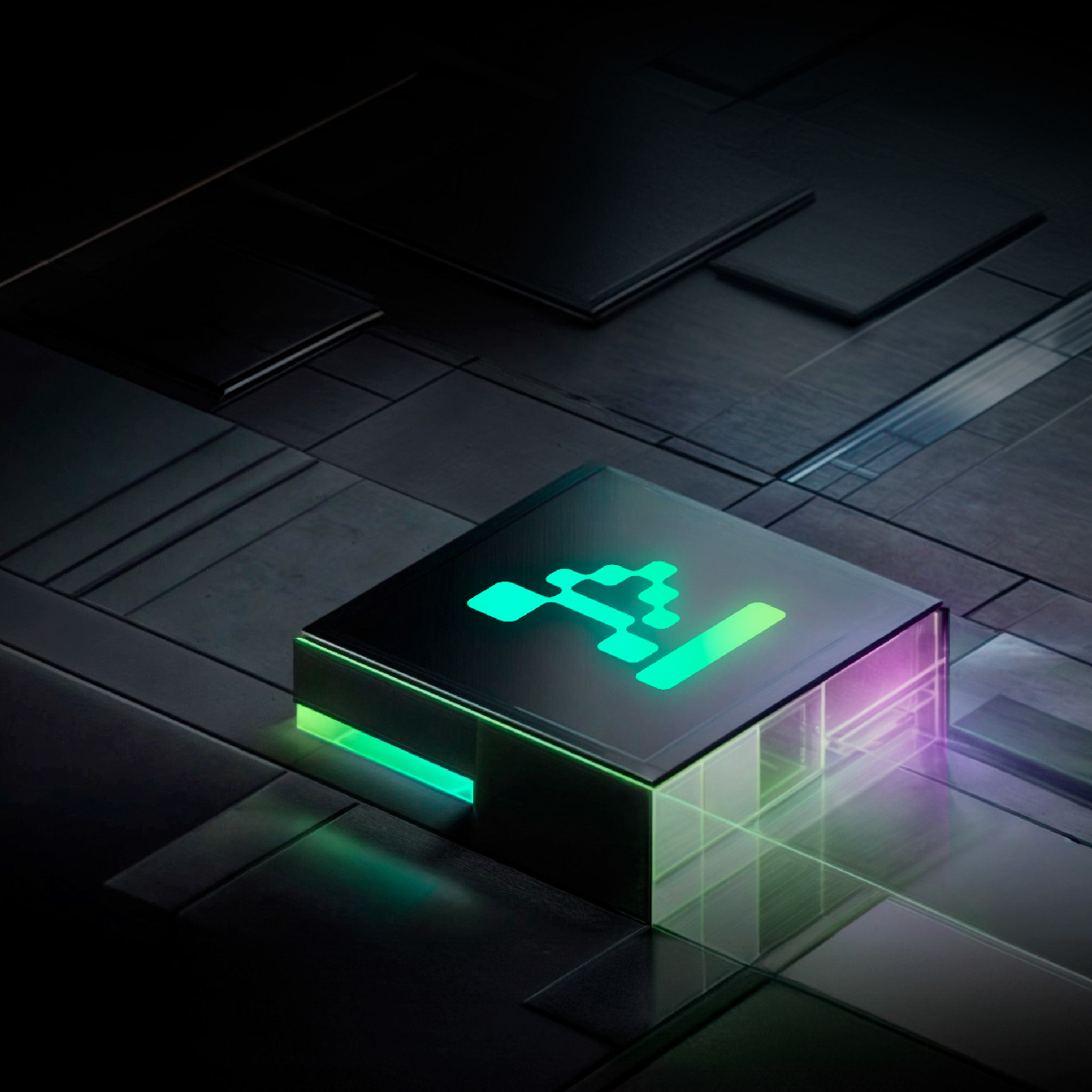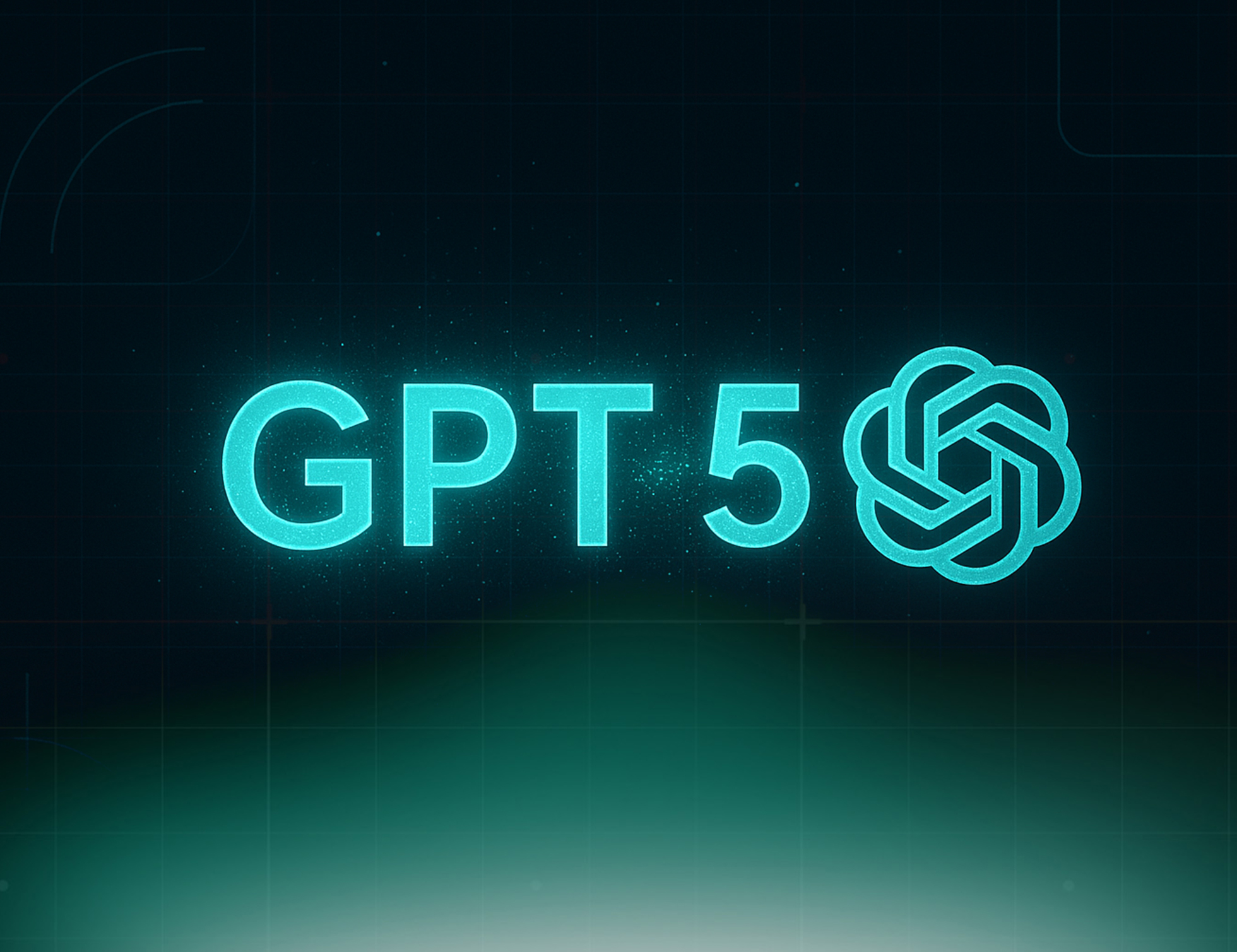Join our newsletter



OpenAI has officially launched GPT-5, marking what the company calls "a significant leap in intelligence over all our previous models, featuring state-of-the-art performance across coding, math, writing, health, visual perception, and more." Released on August 7, 2025, this groundbreaking AI model represents the most substantial advancement since ChatGPT first launched, promising to revolutionize how we interact with artificial intelligence.
GPT-5 "is a unified system that knows when to respond quickly and when to think longer to provide expert-level responses." This intelligent routing system automatically determines whether to use fast processing for simple queries or engage deeper reasoning capabilities for complex tasks, eliminating the need to switch between different specialized models.
Released on 08/07/2025, GPT-5 unifies advanced reasoning, multimodal input, and task execution into a single system, eliminating the need to switch between specialized models. GPT-5 is designed for complex, multi-step workflows.
One of GPT-5's most significant improvements lies in its reliability. OpenAI said GPT-5's hallucination rate is lower, which means the model fabricates answers less frequently. The company invested heavily in safety, conducting 5,000 hours of testing during development.
We've made significant advances in reducing hallucinations, improving instruction following, and minimizing sycophancy, and have leveled up GPT-5's performance in three of ChatGPT's most common uses: writing, coding, and health.
GPT-5 produces high-quality code, generates front-end UI with minimal prompting, and shows improvements to personality, steerability, and executing long chains of tool calls.
For developers, GPT-5 brings unprecedented tool intelligence. GPT-5's improved tool intelligence lets it reliably chain together dozens of tool calls—both in sequence and in parallel—without losing its way, making it far better at executing complex, real-world tasks end to end.
GPT-5 introduces a more human-like interaction experience. ChatGPT will now let users choose from four different pre-set "personalities" when they interact with it: "cynic," "robot," "listener," and "nerd." These personalities are intended to make using the chatbot feel more natural and context-appropriate.
GPT-5 finally arrives, with a complete architectural overhaul, improved reasoning, and a 400K context window. It's more dynamic, personal, and capable across text, code, voice, images, and interactivity.
GPT-5 also introduces 'minimal' reasoning and a 'verbosity' parameter in the API, giving developers more control over how the model processes and responds to queries.
OpenAI CEO Sam Altman has described GPT-5 as "the best model in the world," with OpenAI calling it a 'team of Ph.D. level experts in your pocket' due to its advanced reasoning capabilities and expert-level performance across multiple domains.
GPT-5 is OpenAI's most advanced model—transforming enterprise AI, automation, and workforce productivity in the new era of intelligent work. The model is specifically designed to handle complex, multi-step workflows that were previously challenging for AI systems to execute reliably.
GPT-5 represents more than just an incremental improvement—it's a fundamental shift in AI capabilities. The model's ability to handle complex reasoning, generate high-quality code, provide expert-level responses across multiple domains, and maintain more natural, personalized interactions positions it as a transformative tool for both individual users and enterprises.
With its reduced hallucination rates, improved safety measures, and enhanced reliability, GPT-5 sets a new standard for AI trustworthiness while pushing the boundaries of what artificial intelligence can accomplish. As competition in the AI space intensifies, particularly with Google's upcoming Gemini 3.0, GPT-5 establishes OpenAI's continued leadership in the race toward artificial general intelligence.
The launch of GPT-5 marks not just the arrival of a new model, but the beginning of what OpenAI calls "the new era of work"—where AI doesn't just assist with tasks but becomes a true collaborative partner capable of expert-level thinking and execution.